Preparing your car for winter is essential to ensure it runs smoothly and safely in extreme weather conditions. Winterizing your vehicle not only helps protect it from the harsh elements but also enhances your safety on icy and snow covered roads.
With the right preparation, you can prevent common winter related issues such as battery failure, engine freeze, and tire problems. This guide provides ten crucial steps to winterize your car, focusing on areas such as the battery, tires, fluids, and more.
Each step is designed to address specific challenges posed by cold weather, helping you maintain optimal performance and safety throughout the winter months.
By following these steps, you can ensure that your car is well equipped to handle the demands of winter driving, giving you peace of mind and confidence on the road. Let’s explore these essential winterizing steps and get your vehicle ready for the cold season.
1. Check and Replace Battery
A car battery’s performance can significantly drop in cold weather, making it crucial to check its condition before winter arrives. Start by inspecting the battery terminals and cables for any signs of corrosion, which can impede the flow of electricity.
Clean the terminals using a mixture of baking soda and water to remove any build-up. Next, test the battery’s voltage using a multimeter. A fully charged battery should read around 12.6 volts or more. If the reading is below 12.4 volts, consider recharging or replacing the battery.

Cold weather can also increase the strain on an aging battery. If your battery is more than three years old, it might be time to replace it with a new one. Opt for a battery with a higher cold cranking amps (CCA) rating, as it provides better performance in low temperatures. Additionally, ensure that the battery is securely mounted to prevent any movement that could cause damage.
Regular maintenance of your battery during winter is equally important. Keep an eye on the battery’s charge level and avoid leaving your car unused for extended periods, as this can lead to battery drain. Investing in a battery blanket or insulator can also help keep the battery warm, improving its efficiency and lifespan.
By taking these steps, you can ensure that your car battery is in optimal condition to handle the challenges of winter, reducing the risk of breakdowns and ensuring reliable starts in cold weather.
2. Inspect and Replace Tires
Tires play a crucial role in maintaining traction and control on icy and snowy roads, making it essential to inspect and replace them if necessary before winter sets in. Start by checking the tread depth of your tires. A minimum tread depth of 6/32 inches is recommended for winter driving conditions.
You can use a tread depth gauge or a simple penny test to measure this. If the tread is worn down, it’s time to replace the tires. Consider switching to winter tires for improved performance in cold weather. Winter tires are designed with a special rubber compound that remains flexible in low temperatures, providing a better grip on snow and ice.
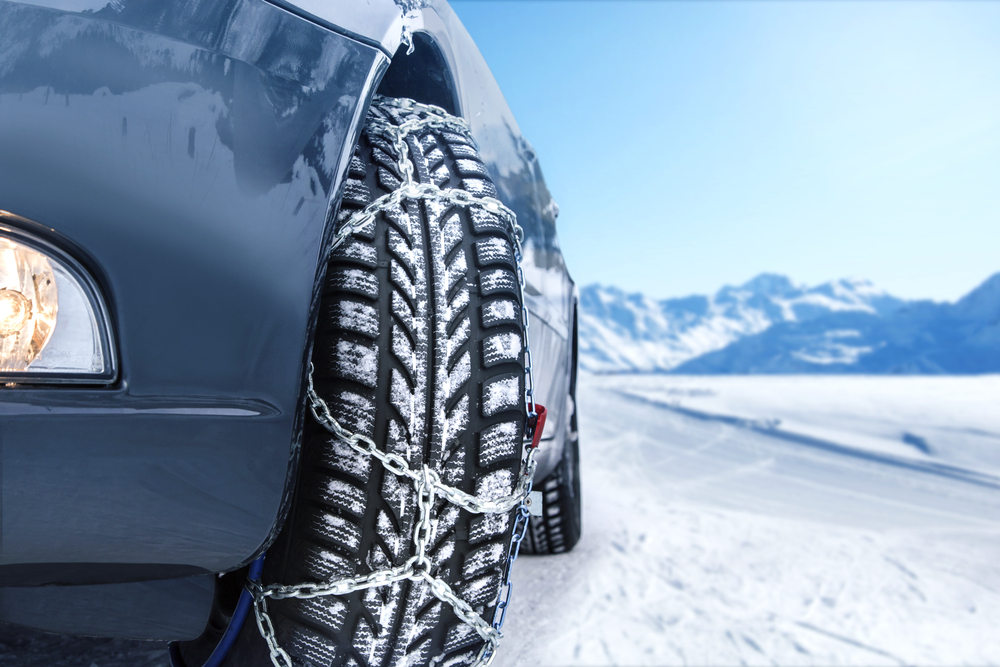
They also feature deeper tread patterns and sipes that enhance traction and reduce the risk of hydroplaning. Studded tires are another option for areas with severe winter conditions, offering additional grip on icy roads.
Check the tire pressure regularly, as it can drop with the temperature. Underinflated tires can lead to poor handling and increased wear, while overinflated tires can reduce traction. Refer to your vehicle’s manual for the recommended tire pressure and adjust accordingly. It’s also a good idea to keep a tire pressure gauge handy for quick checks.
Don’t forget to inspect the tire sidewalls for any cracks, cuts, or bulges that could indicate damage. Rotating your tires every 6,000 to 8,000 miles can help ensure even wear and prolong their lifespan. By taking these steps, you can ensure that your tires are in optimal condition, providing the necessary traction and control for safe winter driving.
3. Check and Refill Fluids
Maintaining proper fluid levels and using the right types of fluids is crucial for winterizing your car. Start by checking the antifreeze (coolant) level in your vehicle. Antifreeze prevents the engine from freezing and helps maintain optimal operating temperature.
Use a mixture of 50% antifreeze and 50% water for most vehicles. Ensure that the coolant is at the correct level and consider flushing and refilling the system if it hasn’t been done in the past two years.
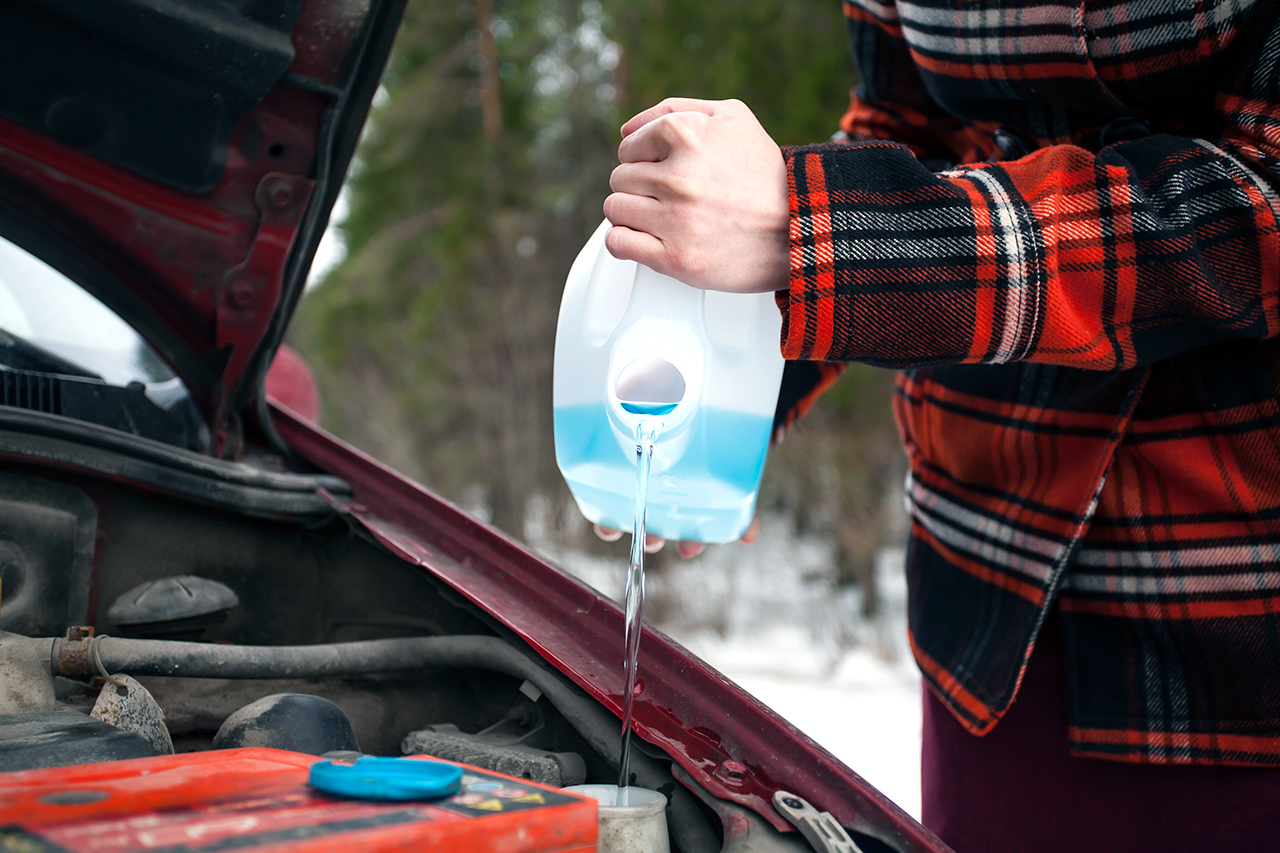
Next, check the engine oil. Cold weather can cause oil to thicken, reducing its ability to lubricate the engine properly. Consider switching to a winter-grade oil with a lower viscosity, such as 5W-30, to ensure better flow and protection in low temperatures. Refer to your vehicle’s manual for the recommended oil type and change interval.
Transmission fluid, brake fluid, and power steering fluid should also be checked and topped off if necessary. These fluids are vital for the proper functioning of your vehicle’s systems and can be affected by cold weather. Ensure that they are clean and at the appropriate levels to avoid any issues.
Windshield washer fluid is another important consideration. Regular washer fluid can freeze in low temperatures, making it ineffective. Switch to a winter formula that contains antifreeze properties to ensure that your windshield remains clear. Additionally, inspect the condition of your windshield wipers and replace them if they are worn or damaged.
By keeping your vehicle’s fluids at optimal levels and using the right types for winter conditions, you can prevent potential problems and ensure that your car runs smoothly throughout the cold season.
4. Inspect and Maintain Brakes
Brakes are a critical safety component of your vehicle, especially in winter when road conditions can be hazardous. Start by inspecting the brake pads and rotors for any signs of wear or damage. Worn brake pads can reduce stopping power, while damaged rotors can cause vibrations and noise.
If the brake pads are less than 3mm thick or the rotors show signs of warping or scoring, it’s time to replace them. Check the brake fluid level and ensure that it is clean and at the appropriate level. Brake fluid is hygroscopic, meaning it absorbs moisture over time, which can reduce its effectiveness and lead to brake failure.
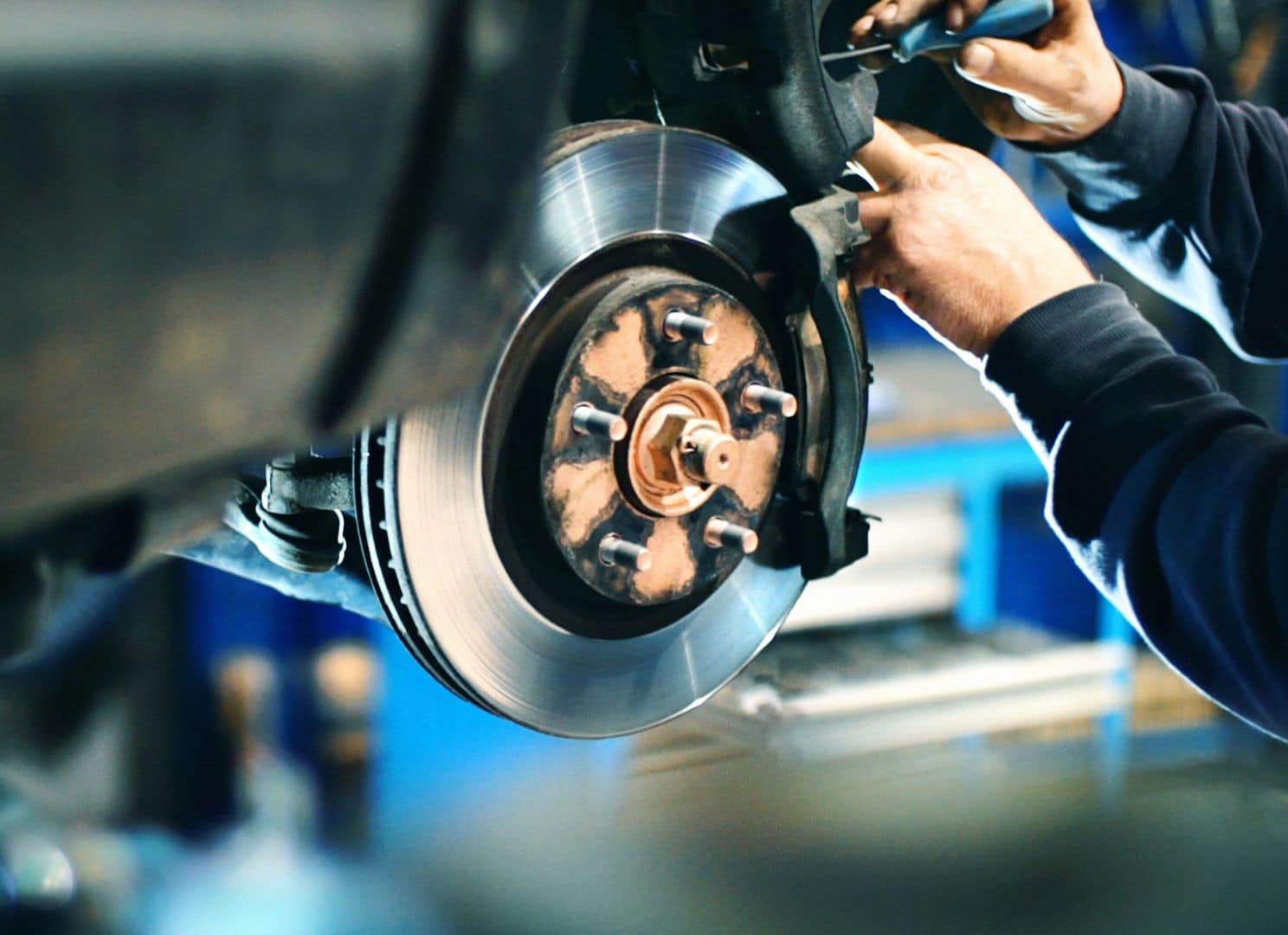
If the brake fluid appears dark or murky, consider flushing and replacing it with fresh fluid. Cold weather can affect the performance of your braking system, so it’s important to ensure that it is in top condition. Test the brakes in a safe area to ensure that they are working properly.
If you notice any unusual noises, vibrations, or a spongy brake pedal, have your brakes inspected by a professional mechanic. In addition to maintaining the brake components, it’s important to adjust your driving habits in winter conditions. Allow extra distance for braking on icy or snow-covered roads and avoid sudden stops that could cause skidding.
Utilize engine braking by downshifting to reduce speed gradually and maintain better control. By taking these steps to inspect and maintain your brakes, you can ensure that your vehicle is safe and responsive in winter conditions, providing peace of mind and enhanced safety on the road.
5. Check and Replace Wipers and Defrosters
Clear visibility is crucial for safe driving in winter conditions, making it important to check and replace your windshield wipers and ensure that your defrosters are working properly. Start by inspecting the condition of your windshield wipers. Look for any signs of wear, such as cracks, splits, or streaking.
If the wipers are not effectively clearing the windshield, it’s time to replace them with new ones. Consider using winter wiper blades, which are designed to withstand the harsh conditions of winter and provide better performance.
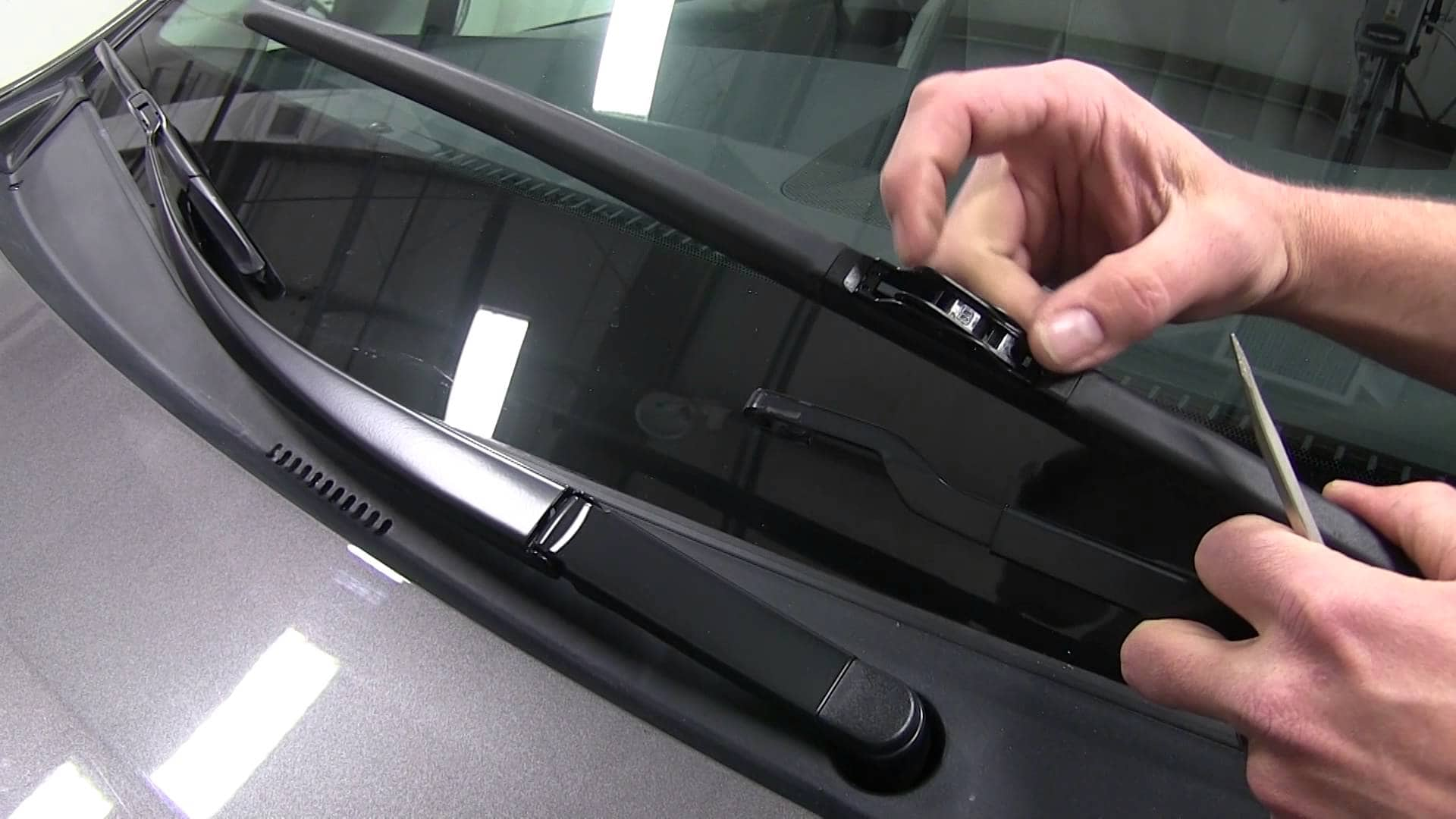
Next, check the windshield washer fluid reservoir and refill it with a winter formula that contains antifreeze properties. This will prevent the fluid from freezing and ensure that you can effectively clean your windshield in cold weather. Test the washer nozzles to ensure that they are not clogged and are spraying properly.
Inspect the defrosters and ensure that they are functioning correctly. The defrosters play a critical role in keeping the windshield and rear window clear of frost and ice. If the defrosters are not working properly, it could be due to a blown fuse, a faulty switch, or a problem with the heating system. Have any issues diagnosed and repaired by a professional mechanic.
In addition to maintaining the wipers and defrosters, consider using a windshield cover or parking your car in a garage to prevent ice and snow buildup on the windshield. This can save you time and effort when clearing your vehicle in the morning. By ensuring that your windshield wipers and defrosters are in optimal condition, you can maintain clear visibility and drive safely in winter conditions.
6. Protect Exterior and Undercarriage
Winter conditions can take a toll on your vehicle’s exterior and undercarriage, making it important to protect them from the elements. Start by giving your car a thorough wash to remove any dirt, grime, and road salt that can cause corrosion. Pay special attention to the undercarriage, as it is particularly susceptible to rust from road salt.
Consider using a high-pressure hose or visiting a car wash with an undercarriage cleaning option. Next, apply a coat of high-quality wax to the exterior of your vehicle. Wax provides a protective barrier that helps prevent paint damage and corrosion from road salt and other winter chemicals. It’s a good idea to wax your car before winter sets in and reapply as needed throughout the season.
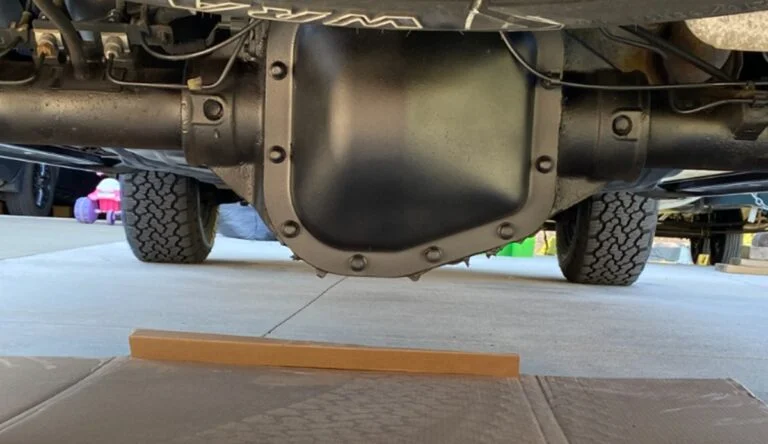
Inspect the exterior for any chips, scratches, or dings in the paint. These areas can be vulnerable to rust if left untreated. Use touch-up paint to repair any minor damage and consider applying a rust inhibitor to exposed metal surfaces.
To protect the undercarriage, consider applying an undercoating or rust-proofing treatment. These treatments provide an additional layer of protection against rust and corrosion, extending the lifespan of your vehicle. Many professional detailing shops offer these services, and it’s worth the investment to protect your car from winter damage.
In addition to these measures, consider using mud flaps to reduce the amount of road salt and debris that gets kicked up onto your vehicle. Parking in a garage or using a car cover can also help protect your vehicle from the harsh winter elements. By taking these steps, you can keep your vehicle’s exterior and undercarriage in top condition, ensuring it remains rust-free and looks great throughout the winter.
7. Prepare an Emergency Kit
An emergency kit is essential for winter driving, as it can provide crucial supplies and tools in case you get stranded or face an unexpected breakdown. Start by assembling a kit that includes the following items: a flashlight with extra batteries, a first aid kit, blankets, warm clothing, gloves, and hats to keep you warm.
Pack non perishable snacks, bottled water, and a fully charged portable phone charger to ensure you can stay nourished and maintain communication if you are stuck for an extended period.
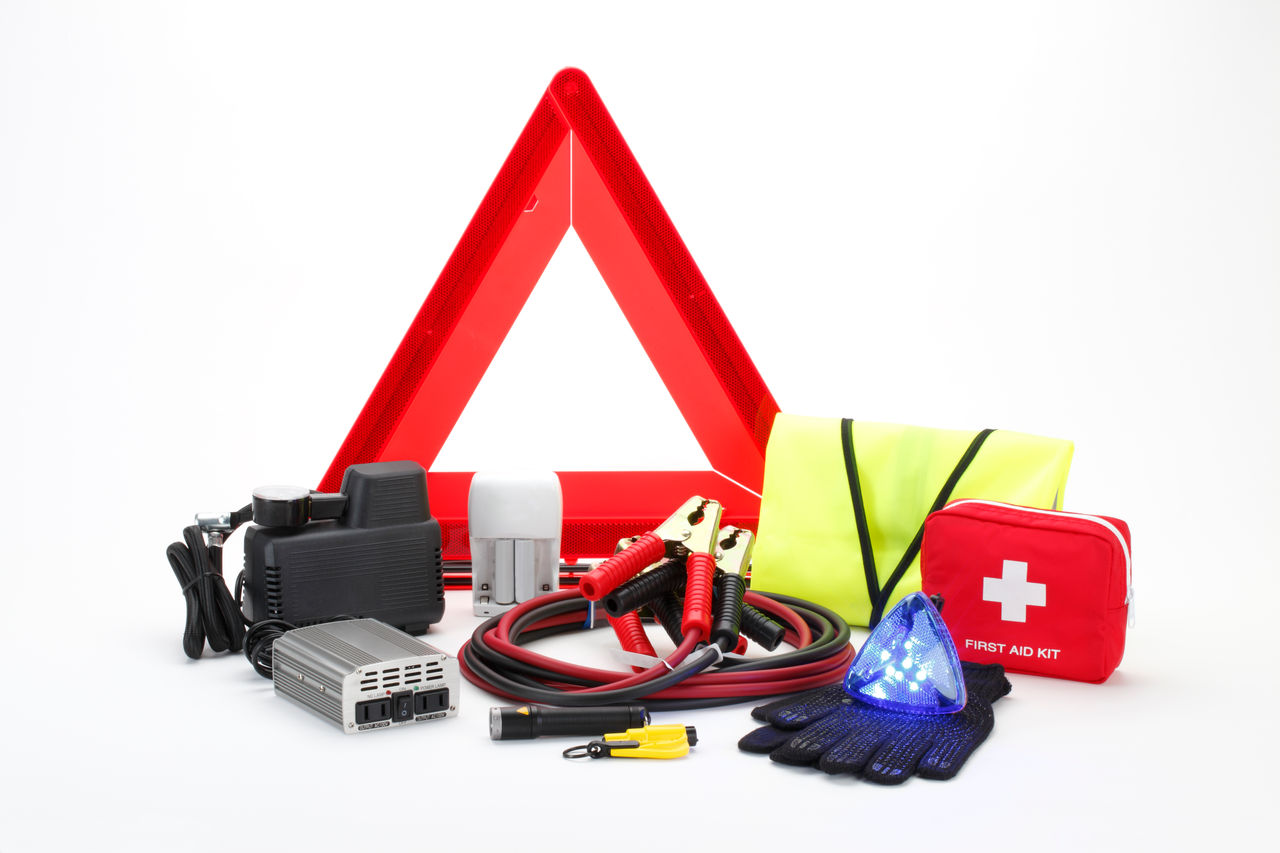
Include basic tools like a tire pressure gauge, a multi-tool, and a set of jumper cables. An ice scraper and a small snow shovel can be lifesavers in snowy conditions, helping you clear ice from your windshield and dig your car out if it gets stuck. Adding a bag of kitty litter or sand can provide extra traction if your tires are slipping on ice or snow.
Consider also packing flares or reflective triangles to signal for help and alert other drivers to your presence. A tow rope or strap can come in handy if you need assistance from another vehicle to get unstuck. A portable air compressor can be useful for inflating tires that have lost pressure due to cold temperatures.
Ensure that your emergency kit is easily accessible in your vehicle, and periodically check the contents to make sure everything is in working order and nothing has expired. By preparing an emergency kit, you can be ready for any unexpected situations that may arise during winter driving, providing peace of mind and safety for you and your passengers.
8. Check and Replace Belts and Hoses
Cold weather can cause belts and hoses in your vehicle to become brittle and crack, potentially leading to breakdowns. Inspect all belts and hoses under the hood for any signs of wear, such as cracks, fraying, or glazing. Pay particular attention to the serpentine belt, which drives many of the engine’s accessories, and any coolant hoses.
If you notice any signs of wear or damage, replace the belts and hoses promptly. Even if they appear to be in good condition, it’s a good practice to replace them every 60,000 to 100,000 miles, depending on your vehicle’s recommendations. Using high-quality, winter-resistant belts and hoses can provide better durability in cold weather conditions.
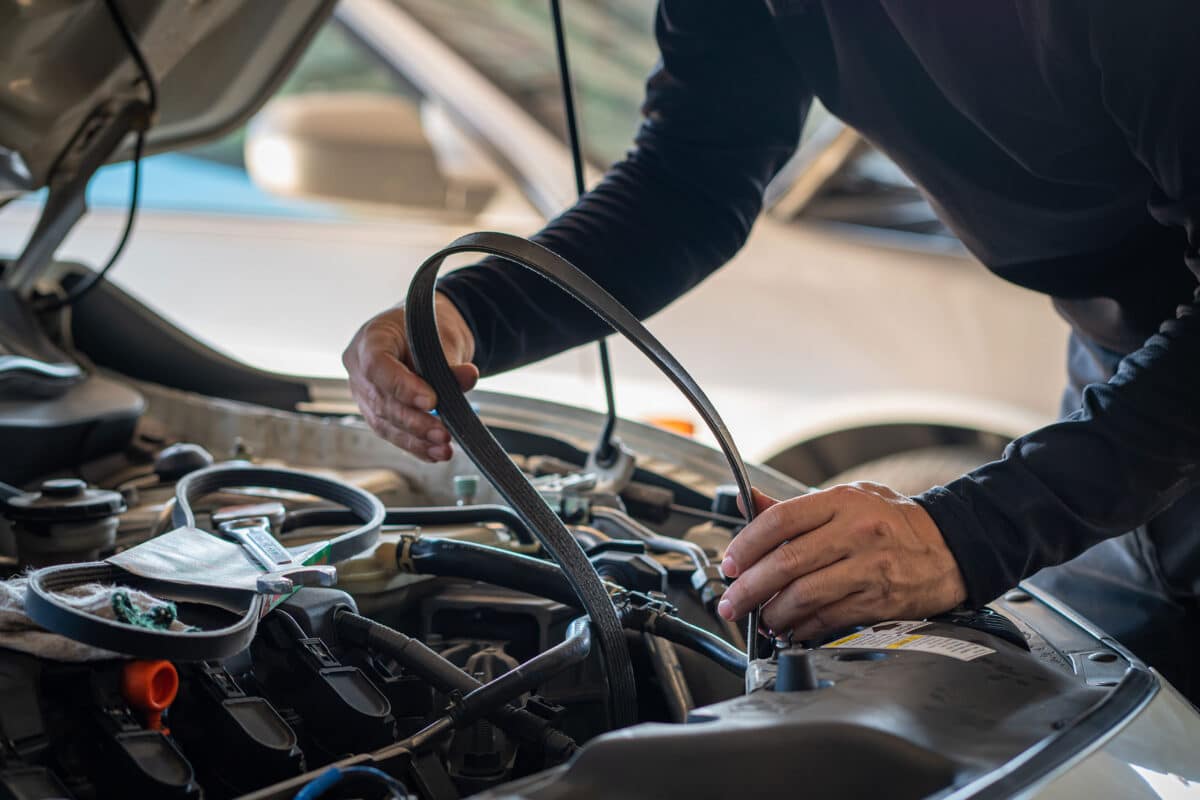
Check the tension of the belts as well, as loose or improperly tensioned belts can slip or break. If you hear any squealing noises from the engine, it could indicate a loose or worn belt that needs attention.
Inspect the hose connections for any signs of leaks or corrosion. Make sure that the clamps are secure and that there are no soft spots or bulges in the hoses. These issues can lead to coolant leaks, which can cause the engine to overheat or freeze.
By checking and replacing belts and hoses before winter, you can prevent potential issues and ensure that your vehicle runs smoothly and reliably in cold weather. This step is essential for maintaining the health of your engine and avoiding unexpected breakdowns.
9. Test Heating System
A properly functioning heating system is crucial for comfort and safety during winter driving. Start by testing the heater to ensure that it is producing warm air. If the heater is not working efficiently, it could be due to a problem with the heater core, thermostat, or blower motor.
Check the coolant level and ensure that it is at the correct level, as low coolant can affect the heating system’s performance. If the coolant appears dirty or has not been changed in a while, consider flushing and replacing it with fresh coolant.
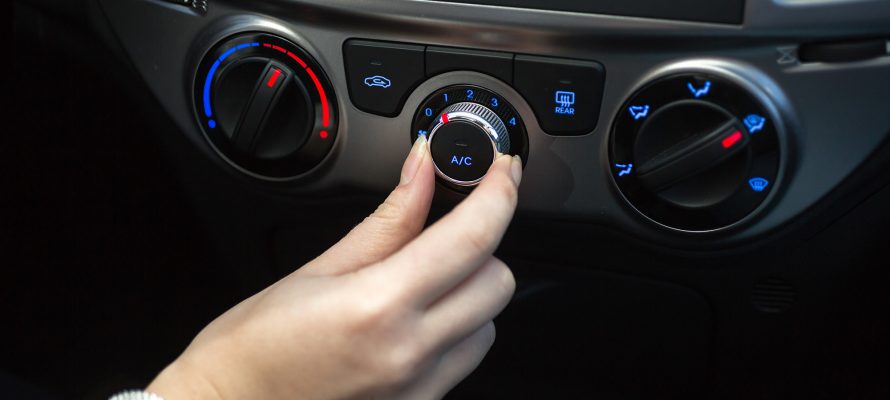
Inspect the heater core for any signs of leaks or blockages. A clogged heater core can restrict the flow of hot coolant, reducing the efficiency of the heating system. If you notice a sweet smell inside the cabin or fogging on the windows, it could indicate a heater core leak that needs to be addressed.
Test the defroster as well, as it is essential for keeping the windshield clear of frost and condensation. Ensure that the air is directed properly onto the windshield and that the blower motor is functioning at all speed settings.
If you experience any issues with the heating system, have it diagnosed and repaired by a professional mechanic. By ensuring that your heating system is in good working order, you can stay warm and comfortable during winter drives and maintain clear visibility on the road.
10. Inspect and Replace Lights
Proper lighting is essential for safe driving in winter conditions, as reduced visibility can make it difficult to see and be seen by other drivers. Start by inspecting all exterior lights, including headlights, taillights, brake lights, turn signals, and fog lights. Ensure that all lights are functioning correctly and that there are no burned-out bulbs.
Clean the lenses of the lights to remove any dirt, grime, or road salt that can reduce their brightness. Consider using a headlight restoration kit if the lenses are cloudy or yellowed, as this can significantly improve visibility.
Check the alignment of the headlights to ensure that they are properly aimed. Misaligned headlights can reduce your ability to see the road ahead and can also blind oncoming drivers. Refer to your vehicle’s manual for instructions on how to adjust the headlight alignment if needed.
Replace any bulbs that are dim or not working with high-quality, winter-resistant bulbs that provide better performance in cold weather. LED or HID bulbs are a good option for improved brightness and longevity.
Ensure that your fog lights are working correctly, as they can be particularly useful in snowy or foggy conditions. If your vehicle does not have fog lights, consider installing them for added safety.
By inspecting and replacing lights before winter, you can ensure that your vehicle is visible to other drivers and that you have adequate illumination for safe driving in low visibility conditions. This step is crucial for maintaining safety on the road during the winter months.

